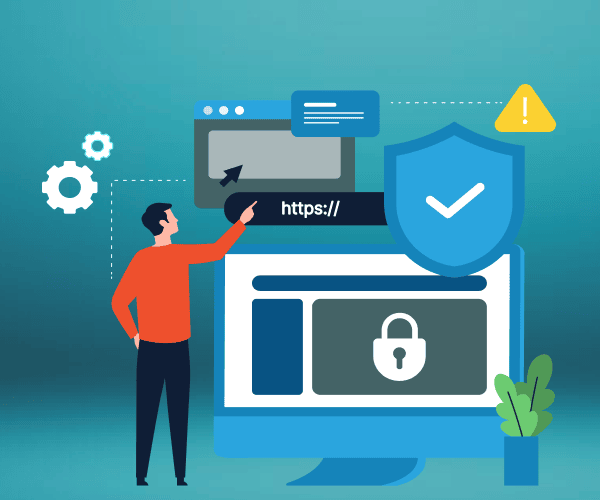Guarding the Grid: Navigating the Cyber Threat Landscape
Introduction
Did you know that cyber-attacks on telecom companies have increased by 50% in the past year alone?
In 2024, the global cost of cybercrime is expected to reach $9.22 trillion annually, with telecom companies being prime targets. Cyber security is the answer to prevent these incidents.

What is it?
Cybersecurity is the practice of protecting systems, networks, and data from digital attacks, unauthorized access, damage, and theft. It involves the implementation of various technologies, processes, and measures to defend against cyber threats, thereby ensuring the confidentiality, integrity, and availability of information.
Why do we care?
Imagine you are calling your mum. You wish to share some sensitive information with her. Now while you are narrating the information, a third person manages to tap into your communication channel and get hold of the information, which he/she can leverage against you. How horrific would that be!
This is the danger that lurks among us. Data is something which should not be taken lightly. It possesses the same risk of being stolen much like how thieves and robbers steal a person's belongings. The only difference is that you won’t be aware that your data has been stolen until it is too late.
What are we up against?
To tackle the ongoing danger and threats to digital security, cybersecurity came into existence. There are professionals who employ tools and applications that prevent the system and network breachers from targeting vulnerabilities in the system. There are scenarios where people reported money being stolen from their accounts.
.png)
Hackers and netrunners (people who exploit the loopholes in a network) are very active in areas concerning volatile resources and high-security data which is tied to big corporations and national security.
In 2022, a major telecom provider suffered a data breach that exposed the personal information of millions of customers, leading to millions in losses and a severe blow to the company's reputation. Just last year, hackers managed to shut down the network of a leading telecom company for several hours, causing widespread disruption and highlighting the vulnerabilities in our communication infrastructure.
Real-life Cases:
Pentagon Peril - Can you imagine a teenager hacking into a super secured facility? Yes, that’s right. An 18-year-old David Dworken, who just graduated from high school, hacked the Pentagon. Though it was part of an exercise by the US federal government which involved urging young people to hack their secured websites as part of a Bug Bounty Program.
You can visit the following link to learn more: https://www.csmonitor.com/World/Passcode/Security-culture/2016/0705/Meet-David-Dworken-the-teenager-who-hacked-the-Pentagon
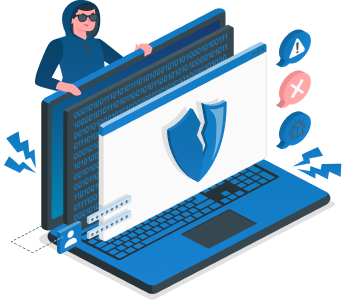
Breach at NASA - There are events of serious hackings which turned out to be bitter in the end. Let us take the case of one Jonathan Joseph James, a 13-year-old kid, who hacked into NASA and DTRA, which cost them a deprivation of around $41000. The real-life story ended up being a tragic one when Jonathan committed suicide.
You can visit the following link to learn more:
https://medium.com/@sudra_shyam/story-of-a-15-year-old-who-hacked-nasa-out-of-curiosity-a35ac2ff0d63
Such cases are examples of how vulnerable the system is and if a mere kid can bypass network security, imagine how much damage a Blackhat (professional hackers) can cause.
What threatens us?
The telecommunication sector faces a variety of cyber threats that can compromise individual privacy, corporate security and national safety.
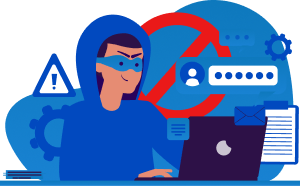
A few common threats are mentioned below
Nowadays, with 5G in the picture, and 6G in the horizon, network availability has increased, resulting in higher bandwidth. DoS attacks, specifically DDoS attacks on such powerful mobile networks can prove to be more severe.
Data is a crucial aspect for any player in the telecommunication industry. Telecom industries store large amounts of data, which makes them attractive targets for data breaches. Cyber criminals exploit different vulnerabilities to steal personal information, corporate data, and other sensitive information. Data breaches not only lead to financial losses but also put a stain on the reputation of the company.
Communication between two parties can be disrupted due to what we call Man-in-the-Middle attacks. Here, the attackers can intercept and alter the communication between two parties without their knowledge. In the telco world, this compromises the integrity of the data that is being transmitted through the networks which includes voice communications and data transfer.
The most dangerous of all the threats is Ransomware, which is a type of malware that locks out legitimate users from accessing their systems and demands ransom to regain access. Telecommunication networks are particularly vulnerable to ransomware attacks due to their critical importance and widespread connectivity.
These are some of the cyber threats that are out there. Every day, every telecom entity out in the world is at risk of being affected by one of these cyber threats. Understanding how to deal with the threats will enable the communication industry to safeguard their business and in turn protect the subscribers.
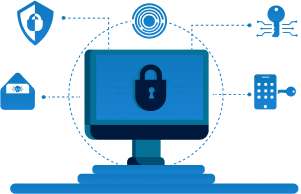
How do we safeguard against the threats?
Once we are familiar with the risks and the threats we face, it is of utmost importance for telecom operators and organizations to start implementing best practices to mitigate if not prevent these threats.
Cyber-attacks can be devastating to both the telecom industry and its customers. The customers are equally vulnerable to cyber-attacks. Third-party providers may be used to gain entry to the network, so it is essential to monitor and secure them properly. One of the most important ways to mitigate these threats is investing in a bot management solution, combined with 24/7 managed services that act as an extension of the company’s security team. Since bots enable most attacks against the telecom industry, it is imperative to stop those advanced automated threats.
Data loss is a critical scenario which puts the telecom industry at the mercy of cybercriminals. To prevent extensive downtime and loss of data, telecom operators should identify and address potential vulnerabilities in their network infrastructure. Additionally, they must take essential steps like implementing strong authentication protocols, encrypting sensitive data, and regularly monitoring networks to secure their infrastructure and data from cyber threats.
As far as subscribers and consumers are concerned, they must be informed and advised to periodically change their user credentials and passwords and ensure that the consumers don’t reuse the same passwords across multiple systems and services.
As far as subscribers and consumers are concerned, they must be informed and advised to periodically change their user credentials and passwords and ensure that the consumers don’t reuse the same passwords across multiple systems and services.
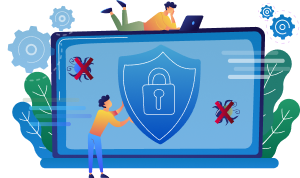
Mobile devices nowadays roll out kernel level security patches and protection algorithms which protect the devices from malicious programs and viruses which generally enter when browsing websites and opening links.
Conclusion
Hence, it is of utmost importance to safeguard and secure essential services such as national security, healthcare, electricity grid, telecommunication networks & data, etc., to name a few. In the end, it falls on us, the people, to be careful and vigilant in our daily undertakings. It can be a disaster in the event of a massive cyber security breach. The threat is looming over the horizon like a shadow. It is time we acknowledge it and prepare to prevent an Armageddon.
Author

Aritra Bhattacharya,
Associate Solution Engineer
A Solution Associate with a knack for innovations and technology. With a focus on problem solving approach coupled with dynamic enthusiasm, consistently delivers impactful solutions. Passionate about staying ahead of the curve and bringing fresh ideas and tactical expertise to every project.


